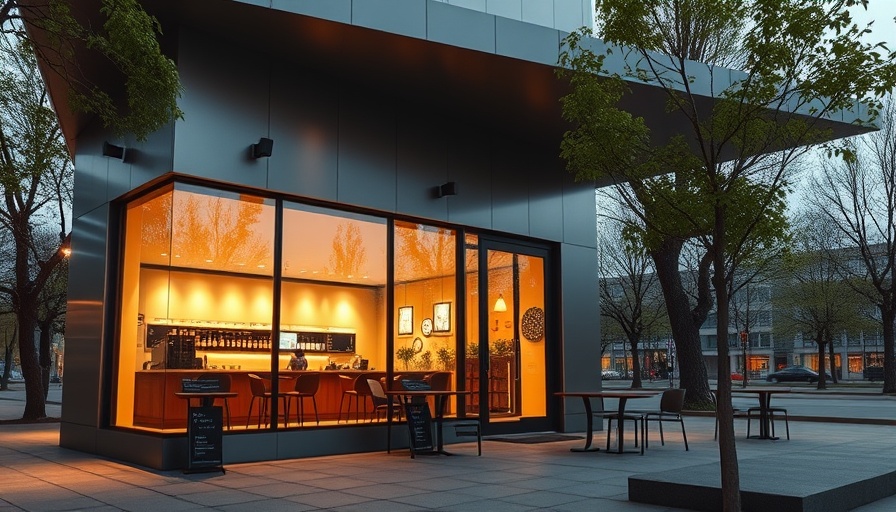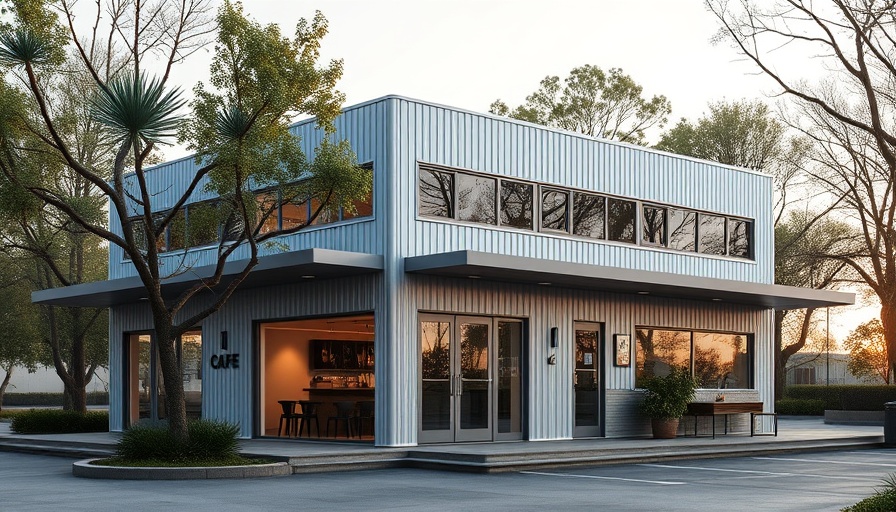
The Future of Healing Design in Home Care
At the University of Nottingham, innovation is taking a form that could redefine home health care and wellness. Among the impressive projects showcased at their recent design exhibition is a groundbreaking device aimed at alleviating chemotherapy-induced alopecia. In a world increasingly powered by personal health technology, this development speaks volumes about thoughtful design focused on human experience.
The device serves not only as a treatment for hair loss during chemotherapy but also as an emblem of the potential for design to positively impact lives. By understanding the emotional journey of patients, the students at the university are crafting solutions that are not purely functional but are infused with empathy. This characteristic is essential for today’s home designers as they shape products meant for vulnerable individuals.
Empathy-Driven Design: Connecting with Patient Needs
One of the most compelling aspects of the University of Nottingham’s approach is its focus on empathy-driven design. Each creation is developed not just in isolation, but with a keen awareness of the end user’s journey. Take the massage therapy device designed to provide relief from surgical scars; its very existence reflects a clear understanding of pain, recovery, and the desire for normalcy. This principle is key for homeowners and designers alike as they integrate health wellness into their living spaces.
Home Is Where Healing Happens: In today’s landscape, where health and wellness converge with aesthetic appeal, homeowners are looking for designs that resonate on deeper emotional levels. This new paradigm suggests that spaces and objects serve dual purposes: they shelter us and foster our recovery and wellbeing. By investing in interiors that prioritize health—think calming color palettes, multifunctional furniture, and spaces designed for relaxation—homeowners can cultivate environment conducive to healing.
Redefining Interior Spaces with Strategic Design
The infusion of health-oriented design into everyday living spaces is also reflected in other projects showcased at the university. An automated pill dispenser tailored for children highlights the necessity for user-friendly solutions that simplify medication management while considering a child’s perspective. For parents, this innovation can be pivotal, easing daily stress and ensuring the well-being of their children.
Such designs ask homeowners, 'How can we adapt our spaces for enhanced living?' With kitchens equipped for healthful meal prep to living areas that cater to relaxation or recovery, the demand for designs that energize and promote wellness is paramount. It reflects a broader understanding that our environments can either inhibit or enhance our quality of life.
Potential Market Trends in Health-Centric Design
As society shifts towards prioritizing wellness, predictions indicate an increasing demand for interior design that goes beyond mere aesthetics. Trends suggest that homeowners will increasingly seek out products from professionals like the Carmel and Monterey interior designers who can incorporate these health-driven principles into their projects. The insights shared by the University of Nottingham can serve as guiding frameworks for innovative interior design practices.
Incorporating elements such as accessible layouts, wellness technology, and sustainable materials will likely become staples in future remodels. Homeowners may also expect designs that address both physical health and mental well-being, making it crucial for designers to stay attuned to emerging trends in wellness technology.
Designing With Intention: A New Era in Home Remodeling
As we embrace the concept of home as a sanctuary for recovery and health, the contributions from budding designers at institutions like the University of Nottingham highlight the vital role of intentional design. Their work reminds us that design should never be a mere afterthought; instead, it should be a pivotal element of user experience, comfort, and wellbeing.
For those looking to remodel or design a new home, integrating these health-inspired elements can be transformative. By aligning design choices with wellness principles, homeowners can create spaces that reflect their lifestyle needs while fostering an environment of safety and healing.
Whether you’re intrigued by the idea of incorporating health-focused elements into your home or are passionate about innovative design, it’s essential to collaborate with professionals who resonate with this vision.
Let Us Design, Plan & Build Your Next Home or Remodel - Call 831-521-7729
 Add Row
Add Row  Add
Add 




 Add Row
Add Row  Add
Add 

Write A Comment